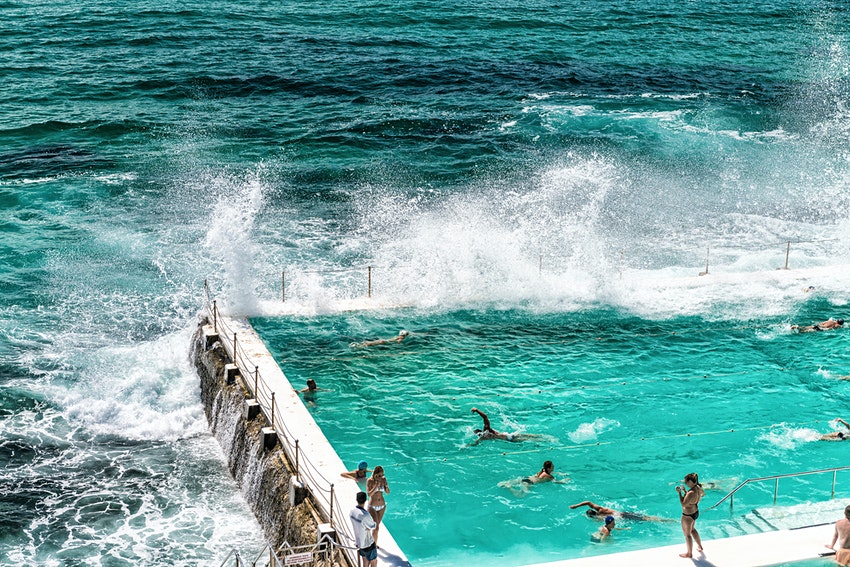The countdown begins with Australia’s return to international travel. The government has published its four-stage plan to break the isolation regime, which found that the borders would reopen when 80% of the population concerned had been fully vaccinated against COVID-19.
Australian Prime Minister Scott Morrison shared details of the plan to show how the country will emerge from its current isolation status. Based on the goals of vaccination, the plan aims to gradually eliminate local and national restrictions and, ultimately, to open international borders. Here’s what each of these stages means and how they affect travel.
Phase A (current phase)
Australia is now in Phase A of the plan, which is a phase of suppression when some states and territories are blocked as officials try to anticipate the virus by deploying the vaccine.
Phase B (transitional phase)
Australia will move to the next stage, when 70% of the population will be vaccinated. At this stage, the likelihood of quarantine will decrease, and special rules will be introduced for vaccinated. Entry for holders of student and business visas will be restricted, and new quarantine rules will be introduced for vaccinated travelers.
“We will allow limited entry for holders of student and economic visas subject to quarantine and accessibility, and introduce new reduced quarantine measures for vaccinated residents,” Morrison said in a statement.

Phase C (consolidation phase)
Once this is achieved, Australia will move to phase C, when 80% of the adult population will be vaccinated and international borders may gradually open. There will be no restrictions on the return of vaccinated Australians and vaccinated people will be able to leave the country. The travel bubble with New Zealand (which is currently closed) will also be extended to countries with a similar level of vaccination.
“International entry and exit trips with safe countries will gradually open, in those where the level of vaccination is the same as in Australia,” Morrison said.
Phase D (final phase)
The fourth and final phase of the government’s plan will bring life back to more or less the pre-pandemic period, when COVID can be controlled and international travel can return on a sustainable basis.
“At the final stage, international borders will be opened. Quarantine only for high-risk incoming trips. Minimize cases of the disease in the community without permanent restrictions or any restrictions, “Morrison added.
There is no schedule for Australia to reach each phase; it is expected that this will depend on the supply and consumption of the vaccine. However, Morrison said he expects Australia to reach phase B by the end of the year. Currently, according to statistics “Our world in the data”, about 14% of the population is fully vaccinated.
Australia has some of the strictest restrictions on international travel, which is one of the reasons why it is relatively successful in curbing the spread of the virus. Its current strategy is also based on tracking contacts, disguising mandates, social distancing and targeted blocking in the event of outbreaks.

